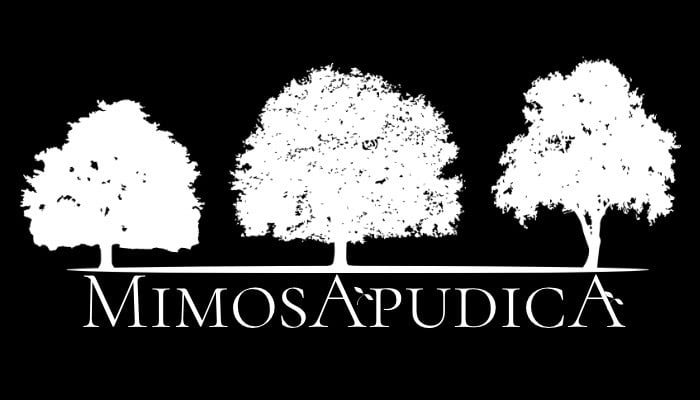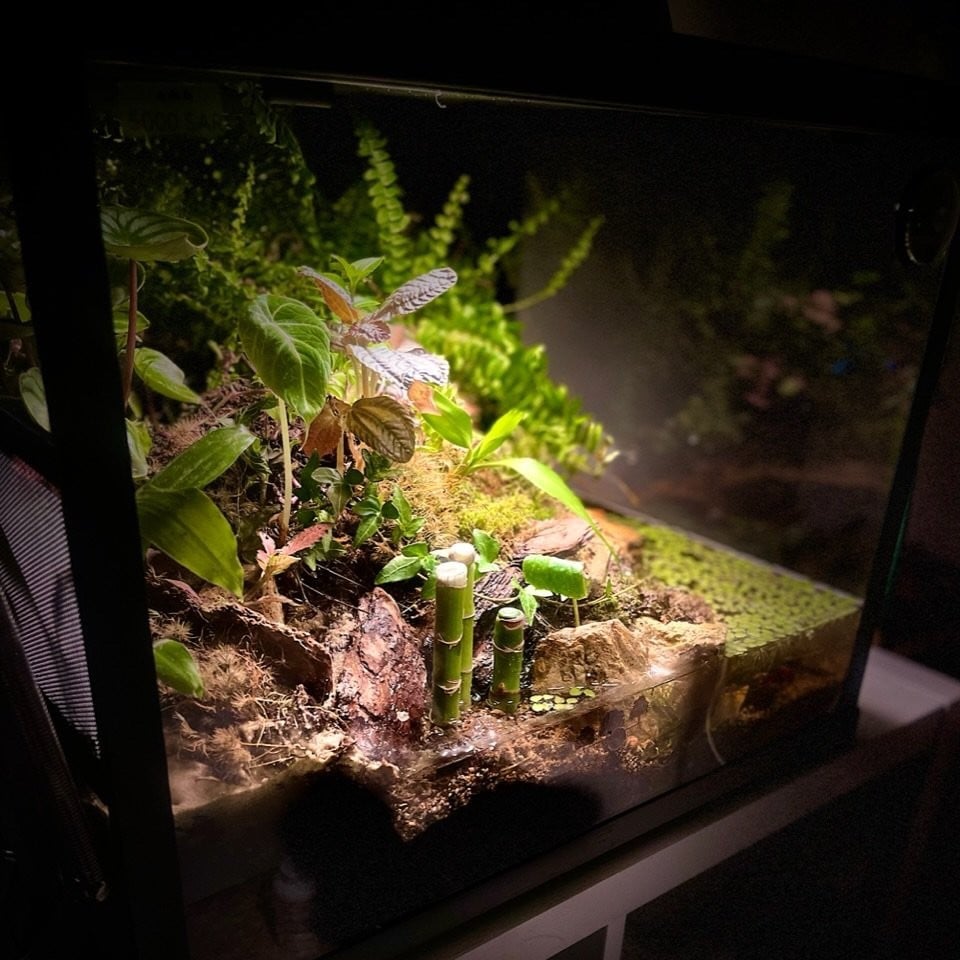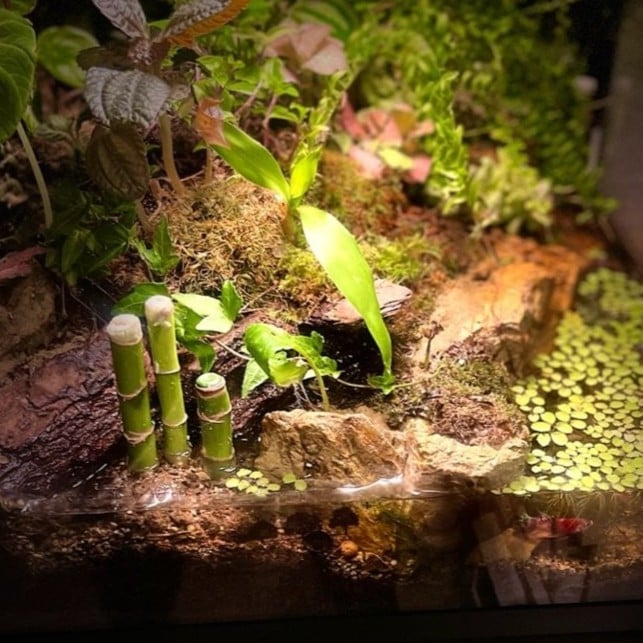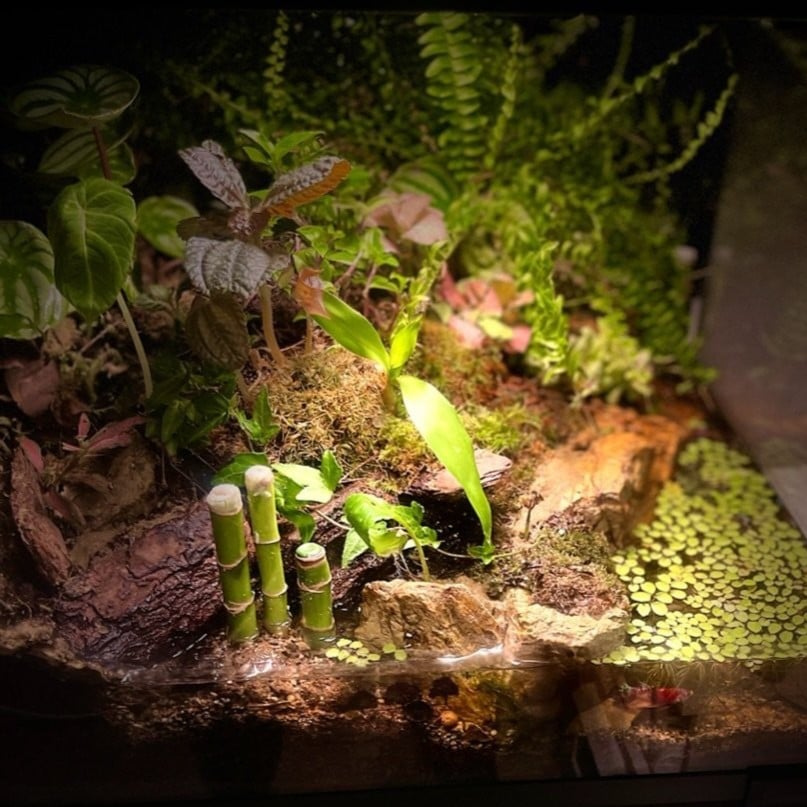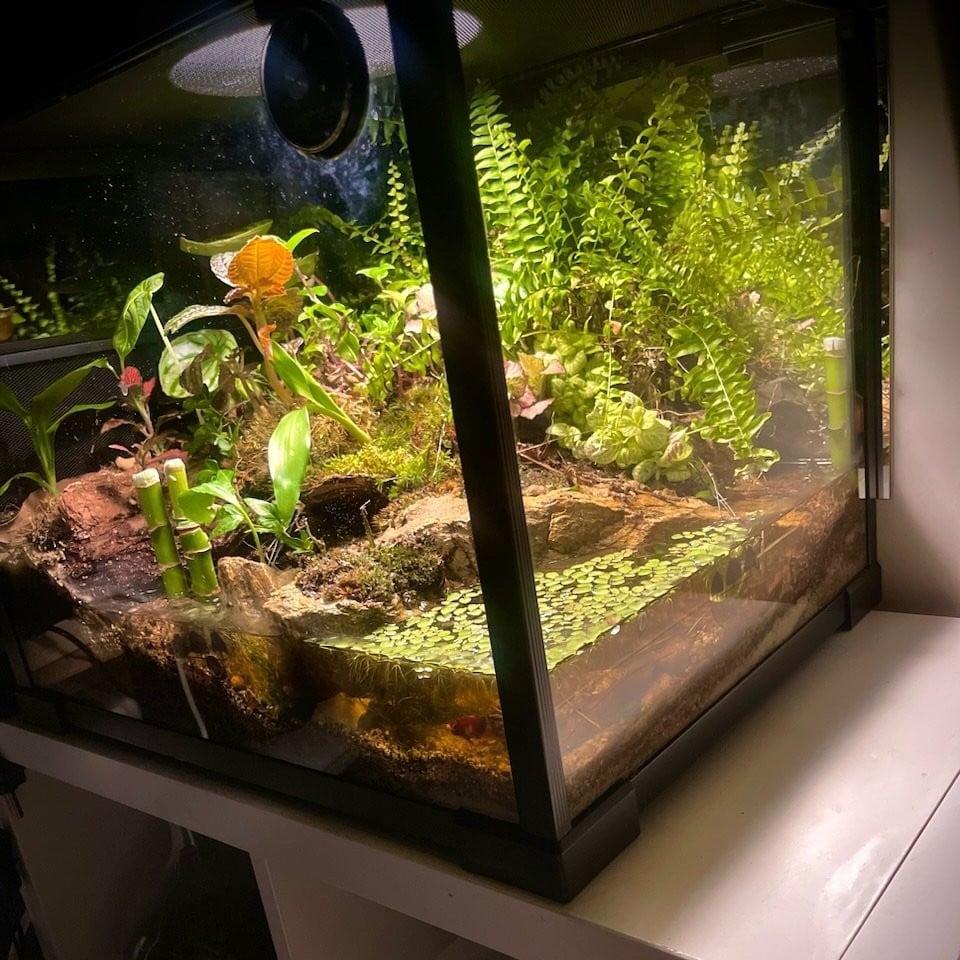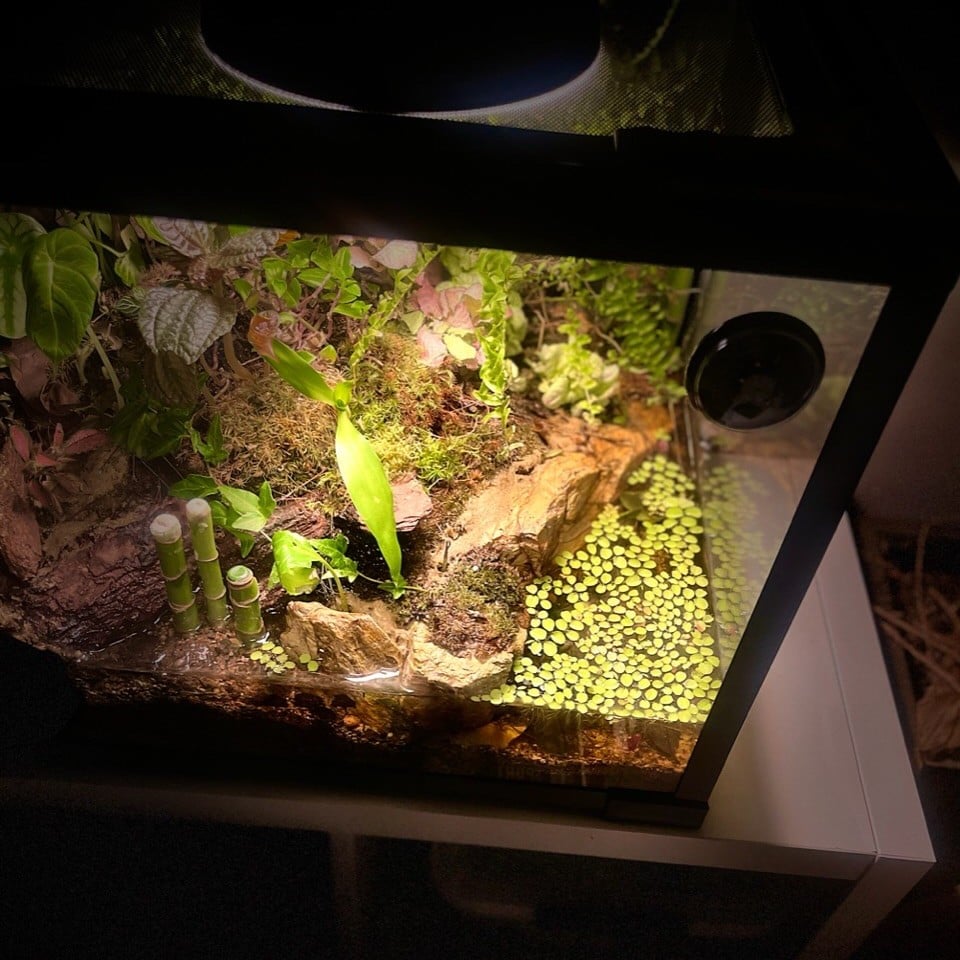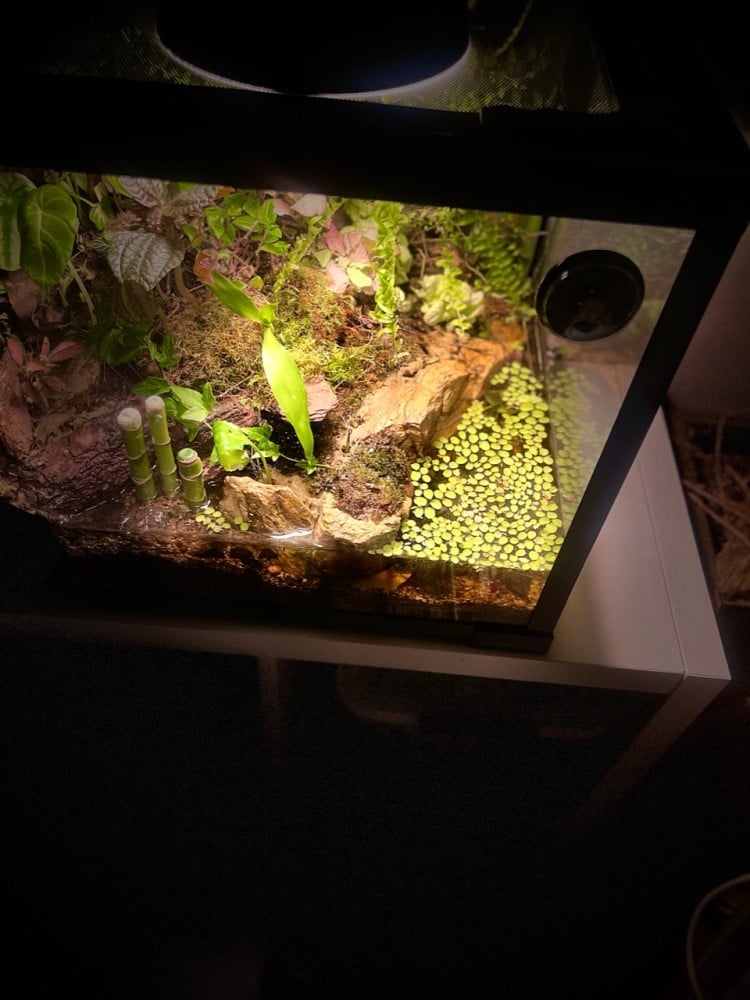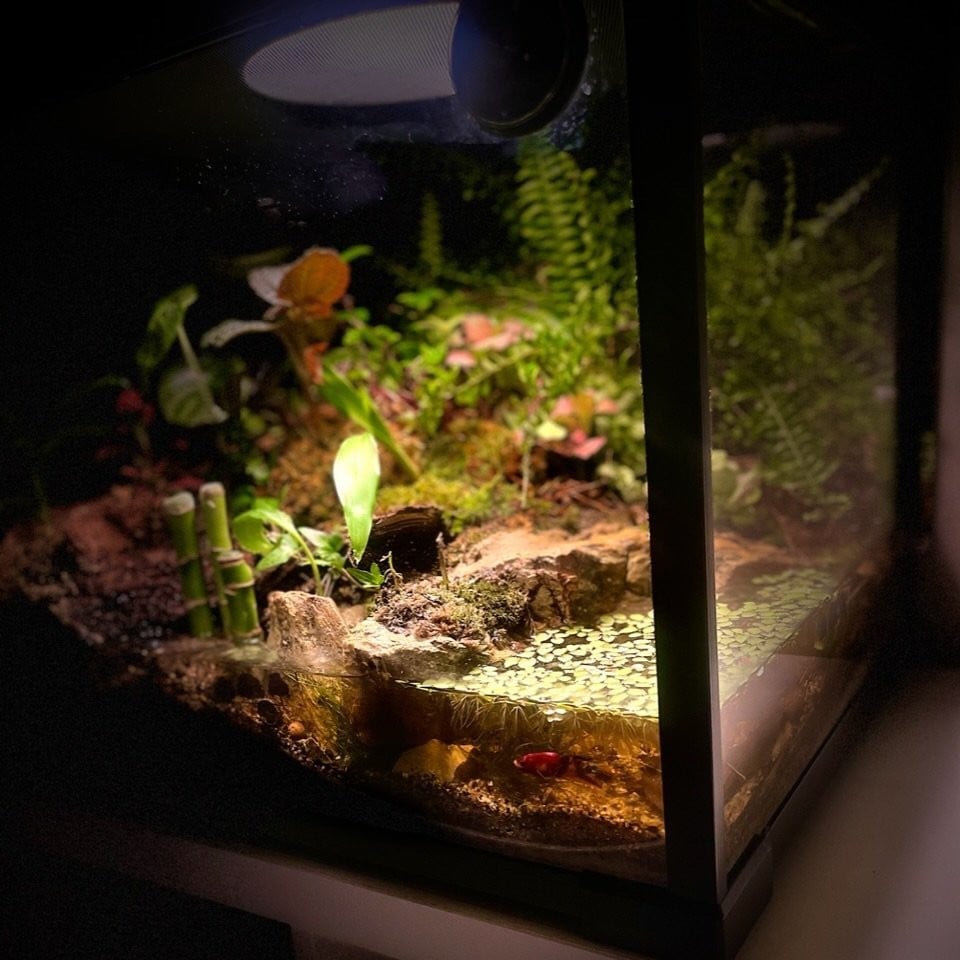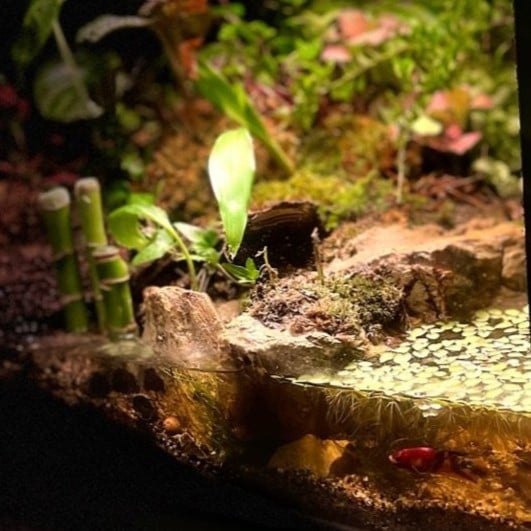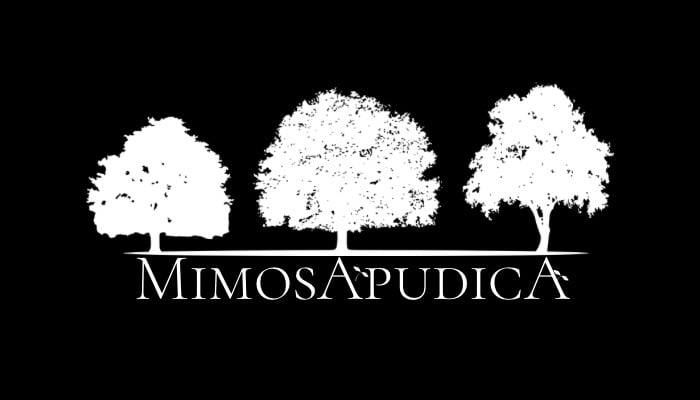This aquarium is designed with a self-sustaining system as if on the bank of a river, half plants and a half of a fish basin in which there is fish, water plants and internal plants does not need no water change or watering, just add basin water when its percentage is lower than the rock level in the riverbank with the presence of two types of fish and three types of snails with objects that re-clean the aquarium Lissachatina fulicaHals-Springtail-5 Helsals Macrochlamy10Sulins Subulina octona-
ISOPOD
Note: Reptiles and frogs that live on the banks of rivers can be added or be the house of your pet
For more details and video about the product, enter our Instagram account
—————————————————————————
Note is important, the price of the product with the delivery price of pludarium only inside Jeddah.
And communicate with us via WhatsApp to coordinate the shipping process
Sizes:
Length: 39cm
Width: 50cm
———————————————————
The bluedraium
It is a self-sustaining living environment that contains living plants and animals that interact with each other to create a balanced ecosystem. The term “bioactivity” contains all the elements necessary for plants and animals to thrive without any interference from humans. For a system to be self-sustaining, it must have four main components:1. Living plants: Plants in self-sustaining biologically active term provide food and shelter for animals while also helping to regulate the environment. Without plants, other components of the ecosystem would not be able to survive. 2. Live animals: Animals help in bioactive self-termination maintaining pest control and soil ventilation and the spread of nutrients around them.
They also provide food to other members of the ecosystem through their waste products. 3. Microorganisms: Microorganisms play a vital role in smashing organic matter and recycling nutrients back into the soil. They also help prevent diseases by keeping pathogens under control.
Pallodarium is a type of fivarium that includes both terrestrial and aquatic elements. Paludaria (or paludariums) usually consists of a closed container in which the organisms of the organisms that are simulated are retained. They can be preserved for purely aesthetic reasons, for scientific or horticultural purposes. The word “paludarium” comes from the Latin word “palus” meaning swamp or swamp, and “-arium” which refers to a closed container.
The size of Paludaria can range in size from small, easily viewable boxes to the large biosphere enough to contain entire trees. A notable example of a very large paludarium is the Tropical Rainforest Gallery in Montreal Biodome.
Since paludaria includes water, land, and air, many different animal species can be included in the can. While amphibians, fish, and reptiles are the most common, people have kept insects and even birds in them. Animals most suitable for medicine are animals that live naturally in aquatic/wild, swamps, marshes, or mangrove environments. It’s like an ecosystem that is placed inside a closed container.
Plants suitable for balladaria include plants that thrive in very wet environments or wetland areas. The common plant is the genus Anubias and is strong and easy to maintain. The water-filled part can also support many aquatic species.
Paludaria is made using a container that can handle large amounts of water without leakage. The part of the earth is usually added before the water. The part of the land may occupy one side of the reservoir, with water on the other side, or it may resemble an island surrounded by water on all sides. The areas occupied by the land and water must be large enough to meet the needs of the animals they will inhabit. 1]
Paludaria can be made from small modifications to existing vivariums, either by adding water to the terrarium or ground to the aquarium. If the land area is small, the setup may instead be a rebarium. 2]
